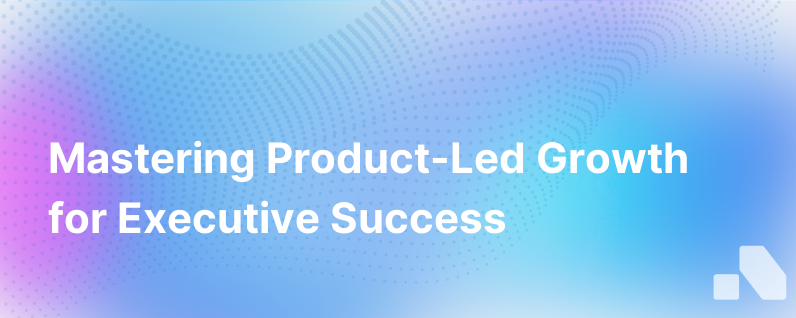
If you've been in the SaaS space for any length of time, you've probably come across the term "Product-Led Growth" (PLG). It's the latest buzzword, but far from being just another fleeting trend, PLG has proven its worth as a durable and successful way to quickly scale up a SaaS venture.
In this article, we dig down into the nitty-gritty of PLG: what it exactly means, benefits it provides, how you can adopt it, and how to overcome challenges associated with it. Let’s dive in.
Understanding Product Led Growth
At its core, PLG is an approach to selling software by relying heavily on the product itself. Instead of focusing on traditional sales tactics, like cold calling and lengthy sales nurturing processes, PLG leverages freemium models, trial offers, and self-service options to drive user acquisition, retention, and expansion.
With PLG, customers can evaluate, understand, and derive value from the product before committing to a purchase. By placing an intuitive, user-friendly product at the center of the customer journey, companies that employ PLG are flipping the traditional sales model on its head.
Why Embrace Product Led Growth?
Product Led Growth approaches benefit both the consumer and the business. Here's why:
- Superior Customer Experience: With PLG, customers themselves explore, understand, and draw value from your product. This proactive involvement drives user engagement, satisfaction, and loyalty.
- Lower Customer Acquisition Cost (CAC): By relying on the product to attract and convert leads, companies can significantly reduce marketing and sales expenditures.
- Virality and Organic Growth: If your product truly delivers and makes users happy, they'll likely advocate for it within their networks, leading to organic growth.
- Scalability and Efficiency: PLG allows for quick scale-up as most processes are automated, leading to greater operational efficiencies and higher margins.
Launching a Product-Led Growth Strategy
Creating a product-led growth strategy demands an all-encompassing focus on the product and the customer. Here are four essential steps to implement your PLG strategy:
- Understand Your User: Everything in PLG starts with the user. You must thoroughly understand their challenges, expectations, and behavior. Utilize data-driven insights to define your ideal user's personas.
- Build an Intuitive Product: Your product should be easy to understand, deliver immediate value, and evoke a 'wow' reaction. Collaborate with your product team to ensure user-friendliness and value delivery.
- Establish a Seamless Onboarding Process: A flawless onboarding experience is key in PLG. You should educate users about the product's features and usage while focusing on making their initial interaction simple, enjoyable, and rewarding.
- Monetize Effectively: Decide on a monetization model that works best for your users and your business. Common models include freemium, free trials, and pricing tiers.
Navigating Product Led Growth Challenges
While PLG offers significant advantages, it's not without hurdles. Here are two principal challenges you may encounter and how to tackle them:
- Building the Right Team: A successful PLG strategy requires a cross-functional team with extensive knowledge of product development, UX, customer support, and data analysis. Build a team with a broad skill-set, and ensure seamless collaboration among team members.
- Transitioning to a PLG Model: If you're switching from a traditional sales-led model to PLG, the transition can be complex. Take a phased approach, train your team appropriately, and ensure communication about the shift to your customers, to ensure a smooth transition.
Can AI Help Fuel Product Led Growth?
Artificial intelligence (AI) can undoubtedly accelerate PLG, and this is where AI-driven solutions like Aomni come into the picture. AI can analyze vast amounts of user data, extract valuable insights, predict user behavior, and deliver personalized experiences, all of which are critical for a successful PLG strategy.
Conclusion
Product Led Growth has proven to be an effective, efficient, and scalable model in the SaaS universe. The model puts the product at the heart of the growth strategy and allows users to see the value of the product before becoming paying customers.
While PLG demands an adequate understanding of the user and requires a flawless product experience, the output is worth the effort. ML and AI play a critical role in enhancing the product experience and facilitating customer decision-making in the PLG model.
At Aomni, we understand the significance of PLG and provide an AI solution that can help transform user data into actionable insights to fuel your PLG strategy. It's time to embrace the PLG revolution, and we can help you make the most of it.